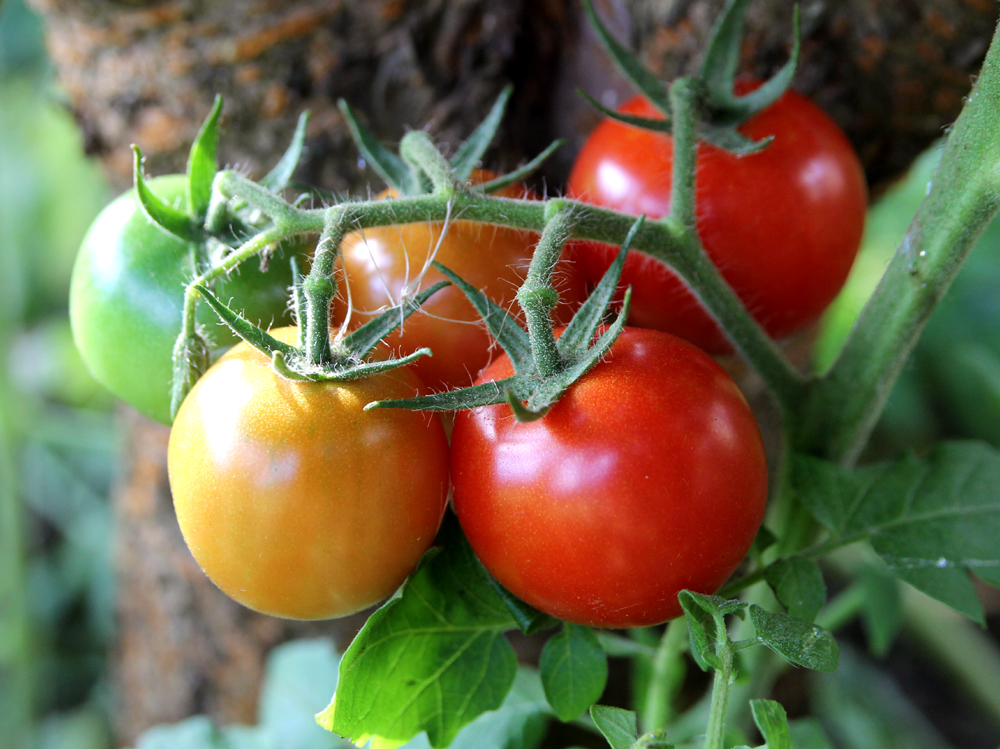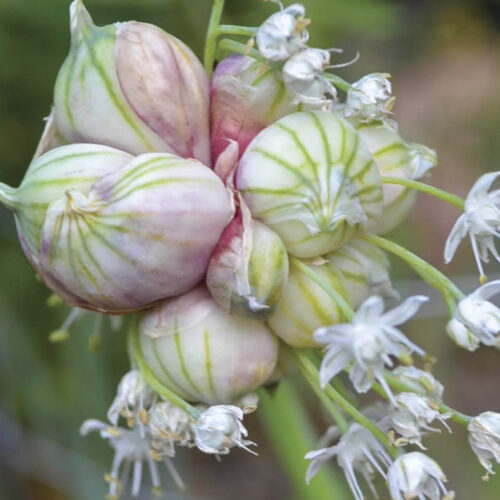Tomato Experiment Update
2012-04-04T00:00:51+10:00
JUSTIN RUSSELL updates his experiment in growing disease free tomatoes using four different methods.
Last spring I set up a little backyard experiment to give me an insight into which tomato growing method produces the most disease free plants. Well, our first frost is due in a month and the plants are now on the wane. It’s time to give you a quick run through on the results.
First let’s recap the four different growing methods I used in the experiment. I grew some toms in the conventional fashion, trained to a single stake with all the side shoots pinched out. I grew some against a trellis, leaving a decent number of side shoots to grow out. I allowed some self seeded plants to do their own thing. And finally, I deliberately planted some tomatoes to grow according to their natural habit, sprawling across well mulched ground. None of the plants were sprayed with fungicide, and those that have been, have received protection, others (the sprawlers) have been left unprotected.
The worst performers by far were the toms in category one – those trained to single stake with side shoots pinched out. The plants fruited well initially, but were struck badly by disease from mid summer onward and are now hanging like miserable dry rags. To my surprise, the second worst performers have been the self seeders. They’re better than the single stake toms, but are nonetheless looking very worse for wear. To add insult to my early predictions, they’ve fruited quite poorly as well.
Next best were the sprawlers – the toms left to run across mulched ground. These plants are reasonably free of disease, but the fruit has been regularly stung by fruit fly and eaten possums, simply because they are difficult to protect. The pick of the lot in another summer of above average rainfall have been the tomato plants tied to a trellis but left unpruned. The plants have some wilted leaves at the base, which is pretty normal for toms at this time of year, but the tops are disease free and continue too grow strongly. These unpruned plants also produced the biggest crops of fruit out of all four growing methods.
What will I take away from this little experiment? It suggests to me that the way to grow the most disease free tomatoes is by training the plants against a trellis or in a cage, allowing side shoots to grow with little, if any intervention from the secateurs. My theory is that every pruning cut becomes an entry point for disease. On a pinched tomato, there will be dozens of these small wounds, each of which compromises the plant’s natural defences. The other takeaway lesson is that it’s important to get plants up off the ground to prevent fungal spores splashing onto the foliage.
I’m looking forward to implementing my findings next summer!






